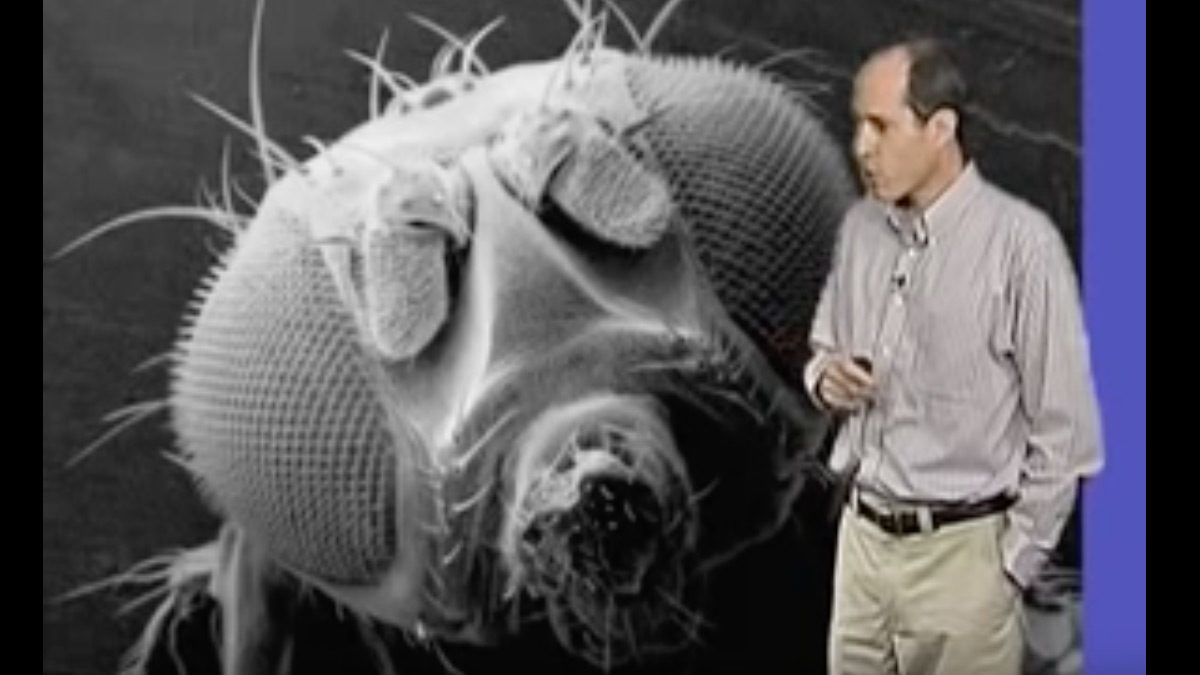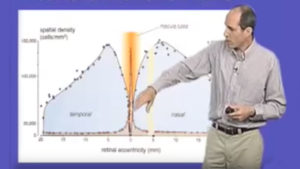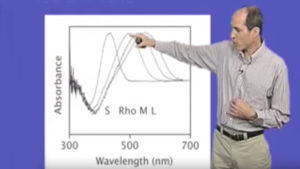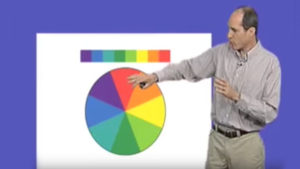The Vertebrate Retina, Photoreceptors, and Color Vision
Why can you see in both bright sunlight and dim moonlight? Why do some species and some people lack color vision? Jeremy Nathans explains how you see.
With: Jeremy Nathans

| Title | Video | Concepts | Duration | Video Downloads | Transcript | PDF Resources (Educators Only) |
|---|---|---|---|---|---|---|
| Educator Resources for this talk: Download Teaching Tools for this Talk: Part 1A | Part 1B | Part 2 | Part 3 (Educators only) | ||||||
| Photoreceptors and Image Processing I | 
|
Molecular mechanisms of vision, human color vision, light-sensing receptors, light absorption | 35:58 |
Hi-Res Subtitled: |
View Transcript | |
| Photoreceptors and Image Processing II | 
|
Photoreceptors and image processing | 33:31 |
Hi-Res Subtitled: |
View Transcript | |
| Human Color Vision and its Variations | 
|
Photoreceptors, human color vision, common inherited anomalies of color vision | 44:44 |
Hi-Res Subtitled: |
View Transcript | |
| The Evolution of Trichromatic Color Vision | 
|
Trichromatic color vision in humans and primates | 44:07 |
Hi-Res Subtitled: |
View Transcript | |



